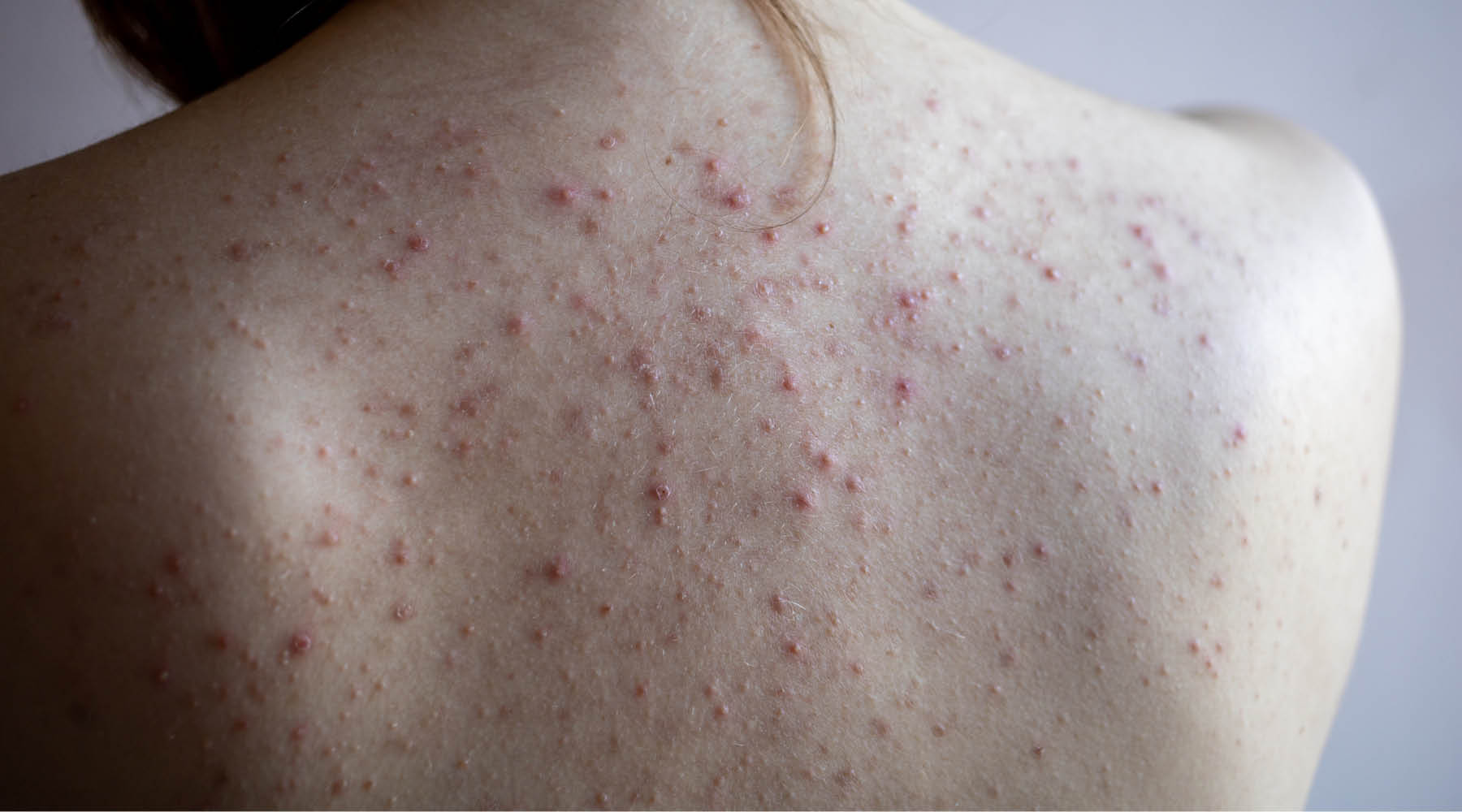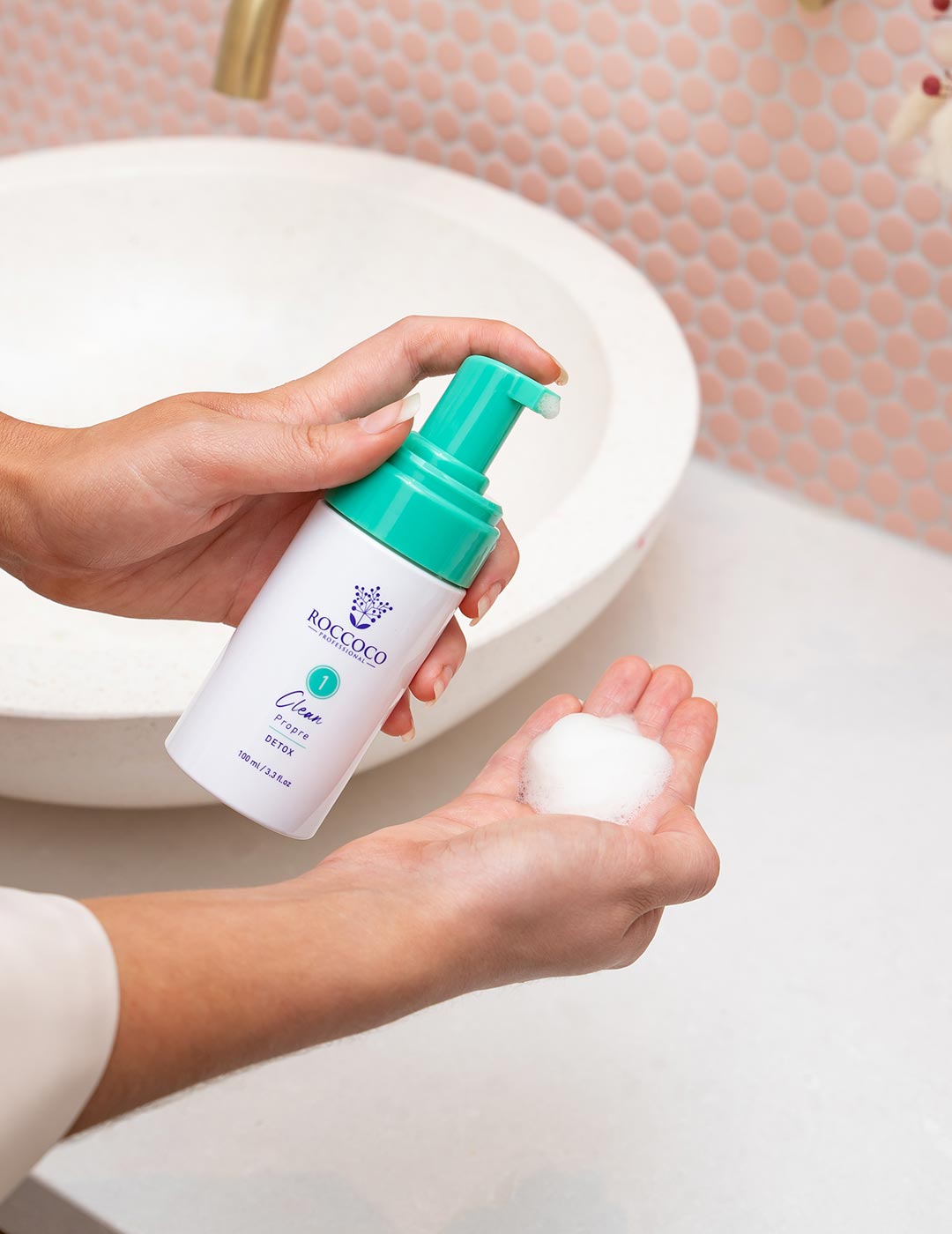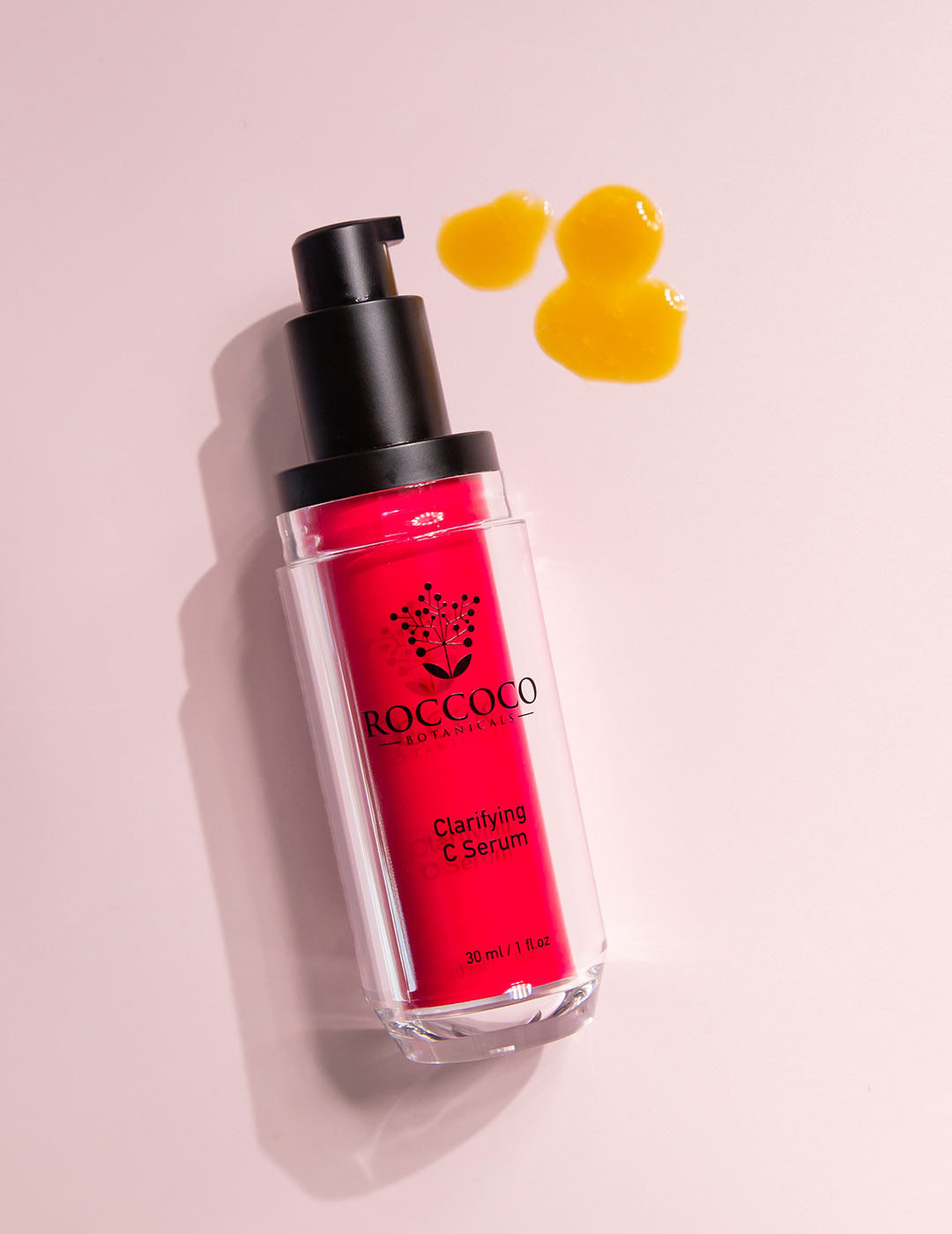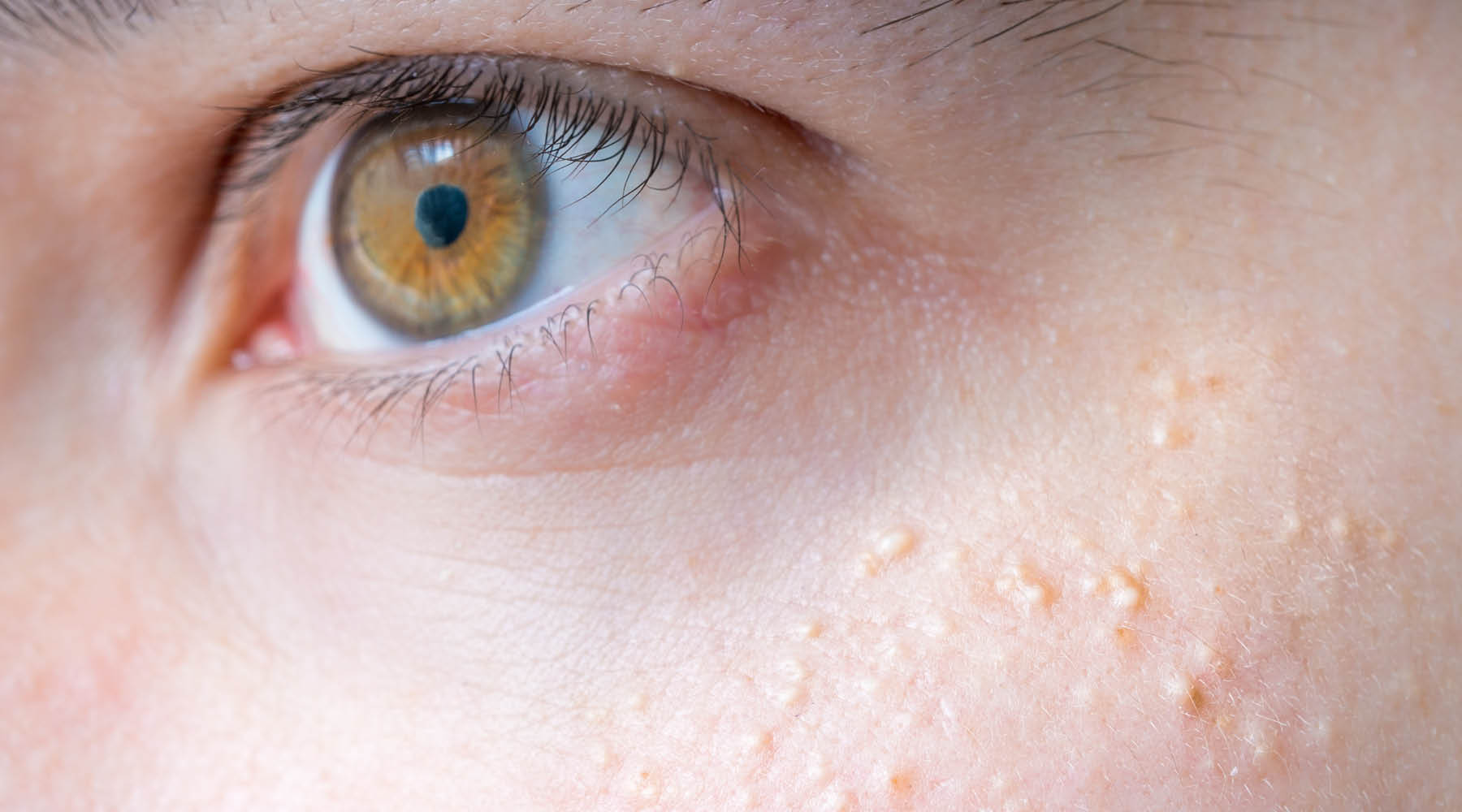Milia can be one of those stubborn skin concerns that seem to appear out of nowhere, especially around the eyes. These tiny, white bumps often baffle people as they don’t respond to traditional acne treatments and can feel impossible to get rid of. But the good news? They’re completely harmless! In this blog, we’ll explore the causes of milia, how to treat them effectively, and how the right skincare routine can help minimise them.
What Are Milia?
Milia are small, white or yellowish cysts that form just under the surface of the skin. They develop when dead skin cells, specifically keratin, get trapped beneath the surface rather than shedding normally. This results in the formation of these tiny, hard bumps that are often found clustered around the eyes, cheeks, and nose. While milia can appear on anyone, they are particularly common in newborns and adults with certain skin types or conditions.
Unlike pimples or acne, milia are not caused by clogged pores or bacteria. They are, in fact, cysts, and they won't respond to typical acne treatments. So, no need to break out the harsh cleansers or drying treatments—you’ll need a gentler approach.
The Causes of Milia
While milia are harmless, understanding the causes can help you prevent them or treat them effectively. Let’s look at the key factors that contribute to their formation:
-
Skin Trauma
Milia often develop as a result of skin trauma, such as burns, blisters, or even aggressive skincare treatments. When the skin’s natural barrier is compromised, dead skin cells can become trapped under the surface as the skin heals, leading to the formation of milia. Even something as simple as using harsh products or treatments that irritate your skin can cause milia to form. -
Sun Damage
Chronic exposure to UV rays can thicken and damage the skin, making it harder for dead cells to slough off naturally. Sun-damaged skin is less efficient at renewing itself, leading to a buildup of dead skin cells and an increased likelihood of milia. Protecting your skin from the sun by using sunscreen and seeking shade can help reduce this risk. -
Use of Heavy or Occlusive Skincare Products
Skincare products that are too heavy or greasy for your skin type can clog the surface, trapping dead skin cells and leading to milia. Occlusive creams, particularly those used around the eye area, can prevent the natural shedding process and contribute to the formation of these tiny cysts. Choosing the right products is essential for preventing milia. -
Natural Skin Aging
As we age, our skin’s natural ability to shed dead skin cells slows down. This reduced cell turnover can lead to an accumulation of dead cells on the skin’s surface, increasing the chances of developing milia. Incorporating gentle exfoliation into your routine can help keep your skin smooth and milia-free. -
Underlying Skin Conditions
Certain skin conditions, like rosacea or dermatitis, can increase the likelihood of developing milia. These conditions often cause inflammation or damage to the skin, which can trap dead skin cells and lead to milia formation.
How to Prevent and Treat Milia
While milia aren’t harmful, many people prefer to treat them for cosmetic reasons. Here are some effective ways to prevent and treat milia:
-
Gentle Exfoliation
Regular exfoliation helps remove dead skin cells and encourages cell turnover, preventing them from becoming trapped beneath the skin’s surface. Opt for enzymes as these gently dissolve dead skin cells without disrupting the skin barrier and causing irritation. Be cautious with physical exfoliants, especially around the delicate eye area, as they can be too abrasive and may cause micro-tears or further irritation. -
Use Sunscreen Daily
Since sun damage is a known contributor to milia, it’s crucial to protect your skin from UV exposure. Use a broad-spectrum sunscreen every day, even if you’re staying indoors, as UV rays can penetrate windows. A lightweight, non-greasy formula is ideal to prevent clogging pores or causing additional irritation. -
Professional Extraction
If you already have milia, it’s best to seek help from a licensed Esthetician for extraction. Milia are encased in a thin layer of skin, which makes them difficult to remove at home without causing damage. Trying to pop them yourself can lead to scarring or infection, so leave it to the professionals! -
Avoid Heavy, Occlusive Creams
If you’re prone to milia, it’s best to avoid using thick or occlusive creams, particularly around the eyes. Instead, avoid applying these around the eye area and opt for an eye cream. Because the eye area is particularly prone to milia, using a well-formulated eye cream can help hydrate and smooth the skin without being occlusive. It’s important to choose an eye cream that addresses common concerns—like fine lines, puffiness, and dark circles—while also supporting the skin’s natural regeneration process.

How Our Eye Cream Can Help Prevent Milia
If you’re struggling with milia, especially around the eyes, our Jasmine Eye Cream may be the perfect solution. Designed to address all concerns associated with the eye area, this luxurious cream is formulated with 17 active ingredients, making it the only eye cream you’ll ever need.
Here’s how our Jasmine Eye Cream works:
- Smooth and Brighten: The delicate skin around your eyes requires special care, and our formula delivers just that. By reducing the appearance of fine lines and expression wrinkles, our eye cream smooths the skin, giving you a brighter and more youthful look.
- Lift and Firm: Our eye cream doesn’t just target wrinkles—it also lifts and firms the eyelids, helping to reduce sagging and improving the overall appearance of the eye area.
- Reduce Puffiness and Dark Circles: Tired of waking up with puffy eyes or dark circles? Our formula includes ingredients that target puffiness and dark circles, giving your eyes a refreshed, well-rested appearance.
- Lightweight, Non-Occlusive Formula: Unlike many heavy creams that can contribute to milia, our eye cream is lightweight, meaning it won’t cause buildup under the skin. This makes it a perfect choice for those who are prone to developing milia around the eyes.
-
Nourish and Protect: With 17 active ingredients working together, our eye cream nourishes the skin while also providing antioxidant protection, helping to defend your skin from environmental damage and prevent the formation of milia in the future.

By incorporating our Jasmine Eye Cream into your daily skincare routine, you can effectively address multiple concerns at once—without worrying about contributing to milia formation. Whether you’re looking to smooth fine lines, reduce puffiness, or brighten the under-eye area, our eye cream does it all.
In conclusion, while milia can be frustrating, the right skincare routine can make all the difference. Gentle exfoliation, lightweight products, and our carefully formulated Jasmine Eye Cream work together to keep your skin smooth, radiant, and milia-free. By staying consistent with a routine that nurtures your skin's natural renewal process, you’ll be on the path to a healthier, more glowing complexion.
Read more

Sick of hiding your back because of breakouts? You're not alone. As someone who's struggled with back acne, I understand that feeling of wanting to hide under high-necked tops, even in summer. Here...

Acne Awareness Month is a powerful reminder that acne isn’t just a teenage phase or a cosmetic issue—it’s a complex skin condition that affects millions of people worldwide, regardless of age or ge...



